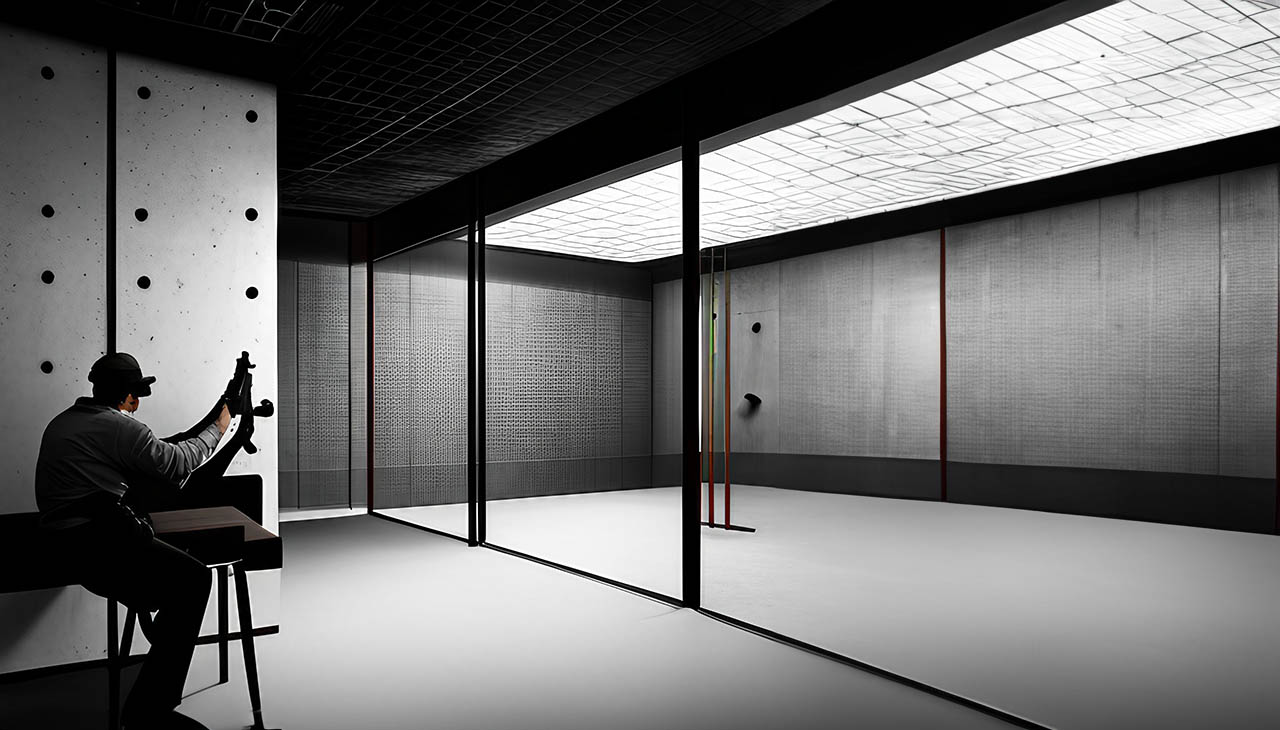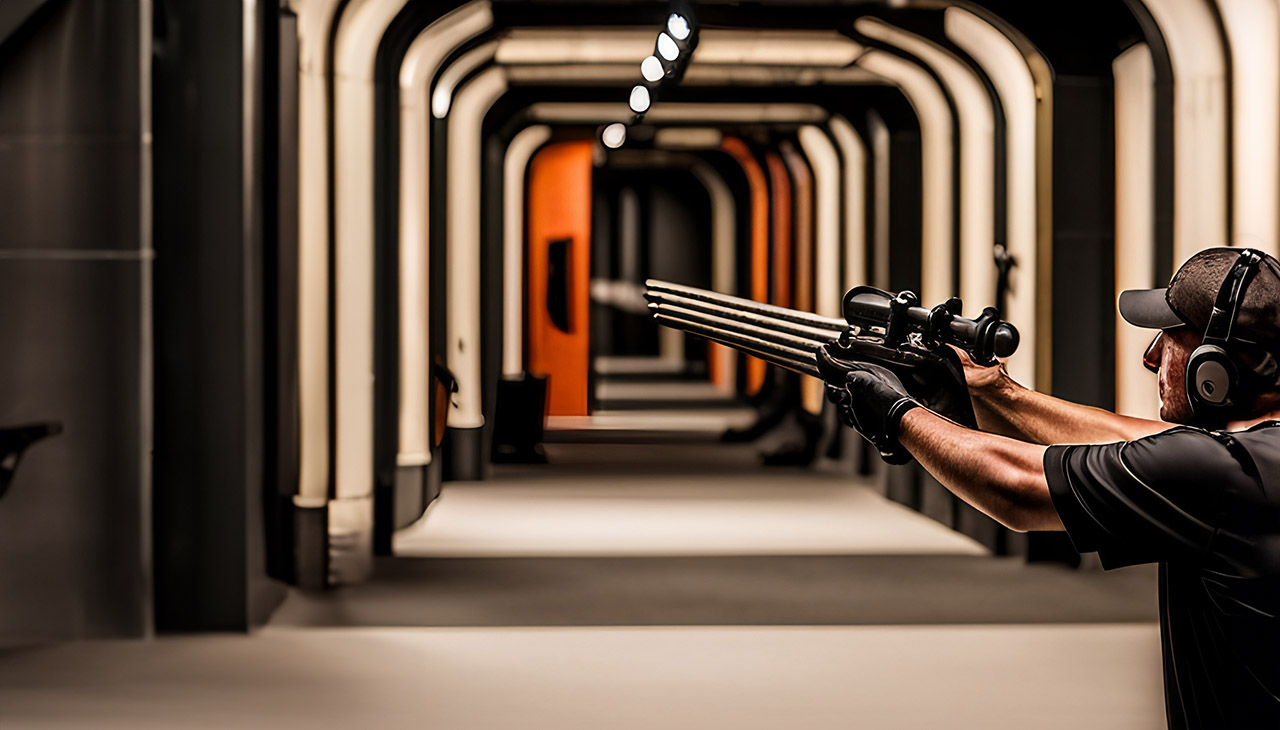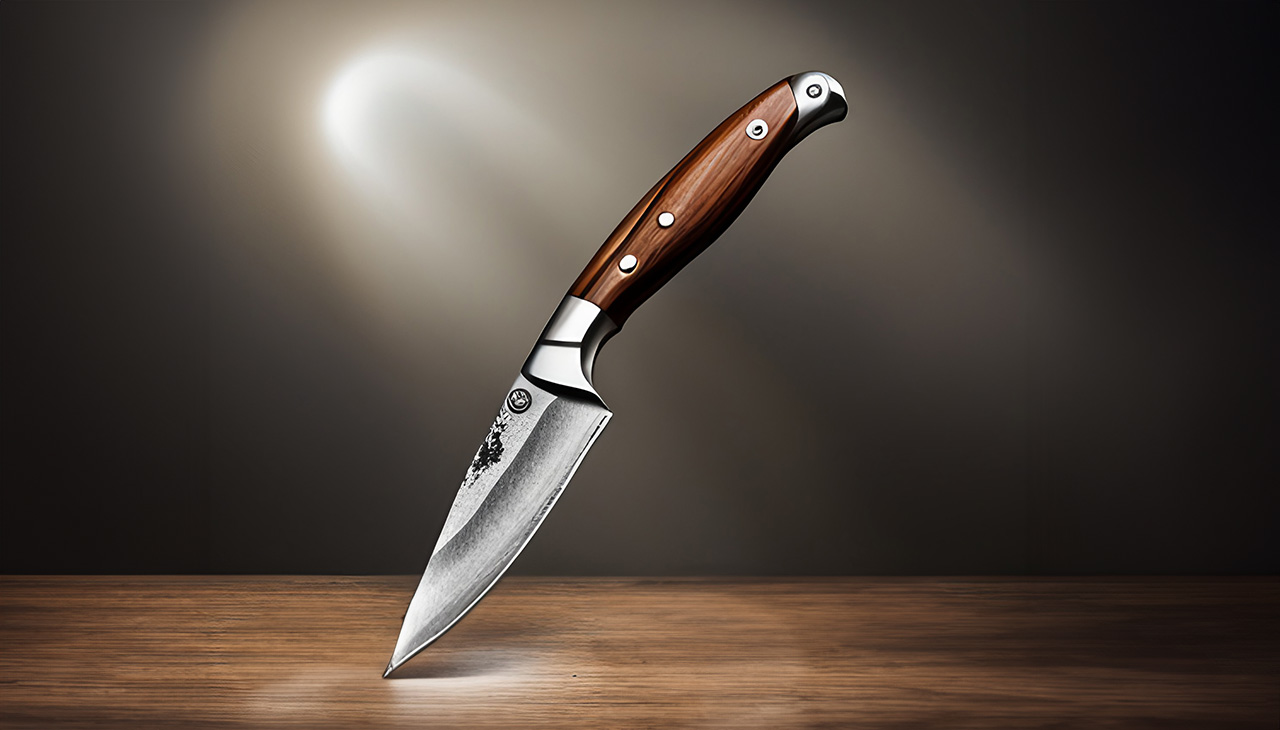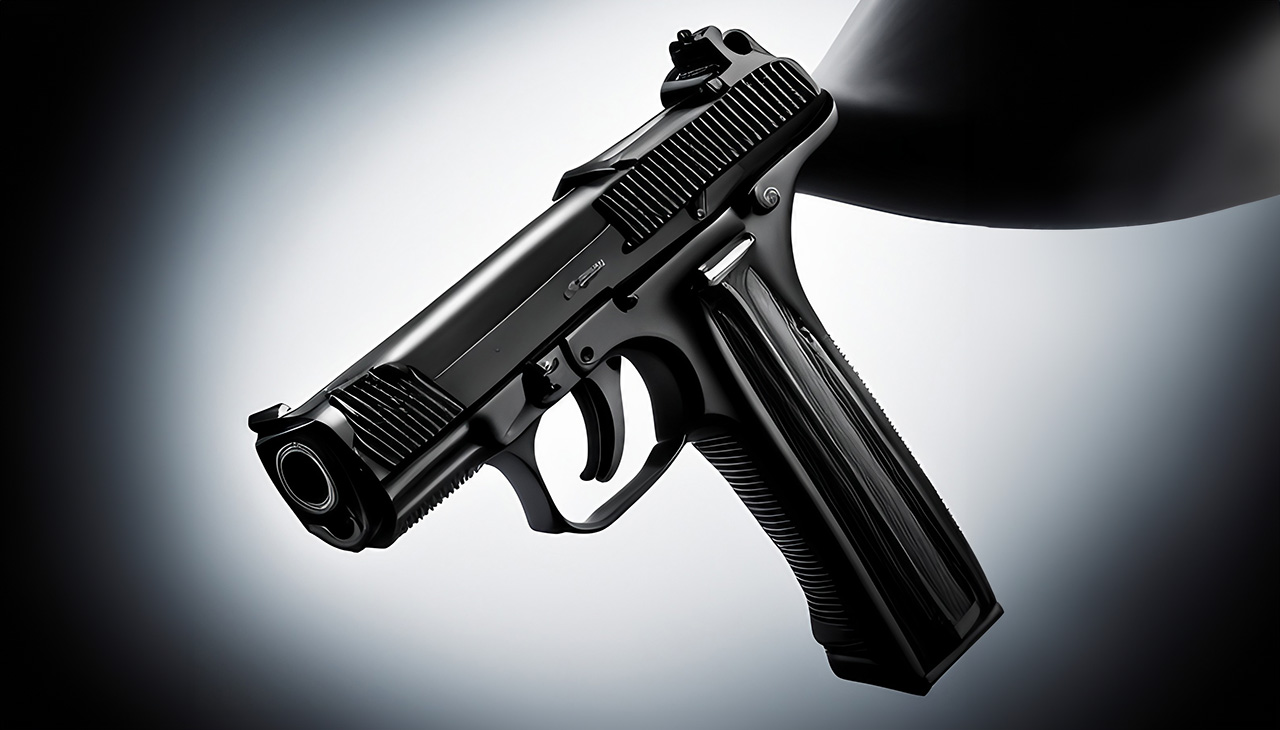
Indoor vs Outdoor Shooting Range
When choosing between an indoor and an outdoor shooting range, there are several factors to consider that could significantly impact your experience. Both indoor and outdoor shooting ranges have unique advantages and potential drawbacks, including aspects such as environmental conditions, noise levels, distance, and availability of equipment. This article will delve into the pros and cons of each type of range to help you make an informed decision for your shooting practice.
Advantages of Indoor Shooting Range
There are several advantages to using an indoor shooting range:
- Weather conditions: Indoor shooting ranges provide a controlled environment, allowing shooters to practice regardless of weather conditions. This is particularly beneficial in areas with extreme temperatures or frequent inclement weather.
- Safety measures: Indoor shooting ranges are typically designed with safety as a top priority. They often have robust safety protocols in place, including bulletproof barriers, proper ventilation systems, and trained range officers to ensure a safe shooting experience.
- Noise reduction: Indoor ranges incorporate soundproofing measures, such as acoustic panels and insulation, to minimize noise levels. This helps reduce the risk of hearing damage and makes communication between shooters easier.
- Controlled environment: Indoor ranges offer a controlled shooting environment, free from distractions and unpredictable elements. This allows shooters to focus on their technique and improve their accuracy without external disturbances.
It’s important to note that while indoor shooting ranges offer these advantages, they also have some limitations. These limitations will be discussed in the next section.
Disadvantages of Indoor Shooting Range
While there are advantages to using an indoor shooting range, there are also some disadvantages to consider:
- Limited space: Indoor shooting ranges typically have limited space compared to outdoor ranges. This can restrict the types of firearms and shooting drills that can be conducted. Shooters may have less freedom of movement and less opportunity for long-distance shooting.
- Ventilation and air quality: Despite efforts to maintain proper ventilation, indoor shooting ranges can still have issues with air quality. The discharge of gunpowder residue and lead particles can affect the air inside the range. Shooters and range personnel must take precautions to minimize exposure to these contaminants.
- Noise and reverberation: While indoor ranges do incorporate noise-reduction measures, they can still be noisy environments. The sound of gunfire can be amplified and reverberate within the confined space, potentially leading to increased noise levels and discomfort for shooters.
- Higher costs: Building and maintaining an indoor shooting range can be more expensive compared to outdoor ranges. The construction costs, including specialized bullet containment systems and ventilation systems, can be significant. Additionally, the ongoing maintenance and operational expenses may be higher for indoor ranges.
- Accessibility and availability: Outdoor shooting ranges are generally more accessible than indoor ranges, as they can be set up in various locations. Indoor ranges may be limited in number and may not be available in all areas, making it more difficult for some shooters to access them.
It’s important to weigh these disadvantages against the advantages when considering whether to use an indoor shooting range.
Advantages of Outdoor Shooting Range
Outdoor shooting ranges offer several advantages for shooters:
- Unlimited space: Outdoor shooting ranges typically have more space available compared to indoor ranges. This allows for a greater variety of shooting scenarios, including long-distance shooting and training exercises that require more room to maneuver.
- Natural lighting: Outdoor ranges benefit from natural lighting, which can provide better visibility and enhance the shooting experience. The availability of natural light can contribute to improved accuracy and target acquisition.
- Greater variety of shooting scenarios: Outdoor ranges often have more flexibility in terms of layout and design. Shooters can set up different target configurations, simulate real-world shooting scenarios, and practice shooting in various terrains and conditions. This versatility can enhance training and skill development.
- Less concern for lead exposure: Lead exposure is a potential concern in shooting ranges due to the discharge of lead particles from ammunition. Outdoor ranges typically have better air circulation and ventilation compared to indoor ranges, resulting in less concentration of lead particles and reduced risk of exposure.
It’s important to note that while outdoor shooting ranges offer these advantages, they also have some disadvantages. These limitations will be discussed in the next section.
Disadvantages of Outdoor Shooting Range
Outdoor shooting ranges also have some disadvantages that should be taken into consideration:
- Weather conditions: Unlike indoor ranges, outdoor ranges are subject to the whims of weather conditions. Factors such as rain, strong winds, extreme heat, or cold temperatures can affect shooting comfort and accuracy. Shooters may need to reschedule or adjust their shooting plans based on weather forecasts.
- Noise management: Outdoor shooting ranges often have less soundproofing compared to indoor ranges. This can result in higher noise levels, which may be disruptive to nearby residents or wildlife. Noise mitigation measures, such as sound barriers or shooting hours restrictions, may need to be implemented to address these concerns.
- Limited accessibility: Outdoor shooting ranges may not be as readily available or accessible as indoor ranges, especially in densely populated areas. Finding suitable outdoor ranges that comply with local regulations and provide a safe shooting environment can be more challenging.
- Range maintenance: Maintaining an outdoor shooting range requires ongoing upkeep and management. This includes regular cleaning of shooting bays, target area maintenance, and ensuring proper ventilation and safety protocols. Outdoor ranges may require more frequent maintenance due to exposure to the elements.
- Safety considerations: Outdoor ranges may have additional safety concerns compared to indoor ranges. The open environment can allow for a greater chance of stray bullets or ricochets, especially if the range is not properly designed or supervised. Adequate safety measures, including well-placed berms or impact barriers, must be in place to mitigate these risks.
Before choosing to use an outdoor shooting range, it’s essential to evaluate these downsides alongside the advantages to make an informed decision.


